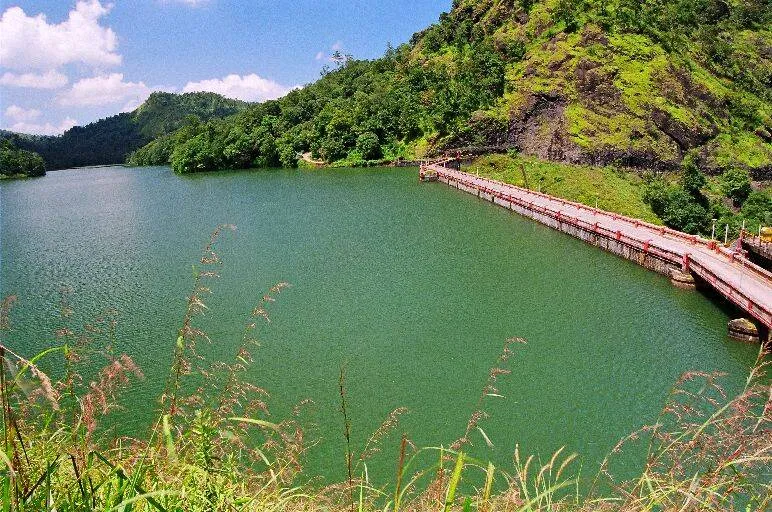

THODUPUZHA: As summer reaches its midpoint, only 37% of the water remains in the reservoirs under the Kerala State Electricity Board (KSEB). Last year during the same period, it was 33%. The current water stock in the dams is sufficient to generate 1,539.301 million units of electricity.
In Kerala’s largest hydroelectric project — the Idukki dam — the current water level is at 2340.94 feet, which is 38% of its total storage capacity. This is 3% higher than the same time last year. However, the water level is dropping by about one foot every three days on average. At present, the Idukki hydroelectric project is producing an average of 10 million units of electricity daily, with all six generators functioning.
Over the last two months of intense summer, reservoir water levels have declined by around 18%. The reason Kerala has avoided a power crisis this year is due to above-average summer rainfall. So far, the state has received 39% more summer rain compared to previous years — 213.1 mm instead of the expected 153 mm.
The highest rainfall was recorded in Pathanamthitta at 393 mm. Compared to previous years, the largest increase in rainfall was seen in Kannur district — it received 170.5 mm instead of the expected 72.3 mm. Idukki received the least — only 203.5 mm, though 215.9 mm was expected.
Electricity consumption remains stable
Despite the intense daytime heat, evening rains have prevented a sharp rise in electricity consumption in the state. Over the past 24 hours, the state’s electricity usage stood at 93.613 million units. Of this, 70.6343 million units were purchased from external sources. Internal production accounted for 22.9787 million units — of which 8.633 million units came from the Idukki project and 4.965 million units from the Sabarigiri project. The state’s all-time highest electricity consumption was recorded in May last year — 115.948 million units. The highest this summer was 103.177 million units, recorded on March 29.
Water level in major dams (in percentage):
Idukki – 38%
Pamba – 37%
Sholayar – 33%
Idamalayar – 31%
Kundala – 70%
Mattupetty – 40%
Kuttiyadi – 50%
Thariyode – 22%
Ponmudi – 65%
Neriyamangalam – 64%
Peringalkuthu – 35%
Lower Periyar – 74%